THIRTEEN ARTISTS ANNOUNCED FOR EXETER CONTEMPORARY OPEN 2022
Published August 22, 2022
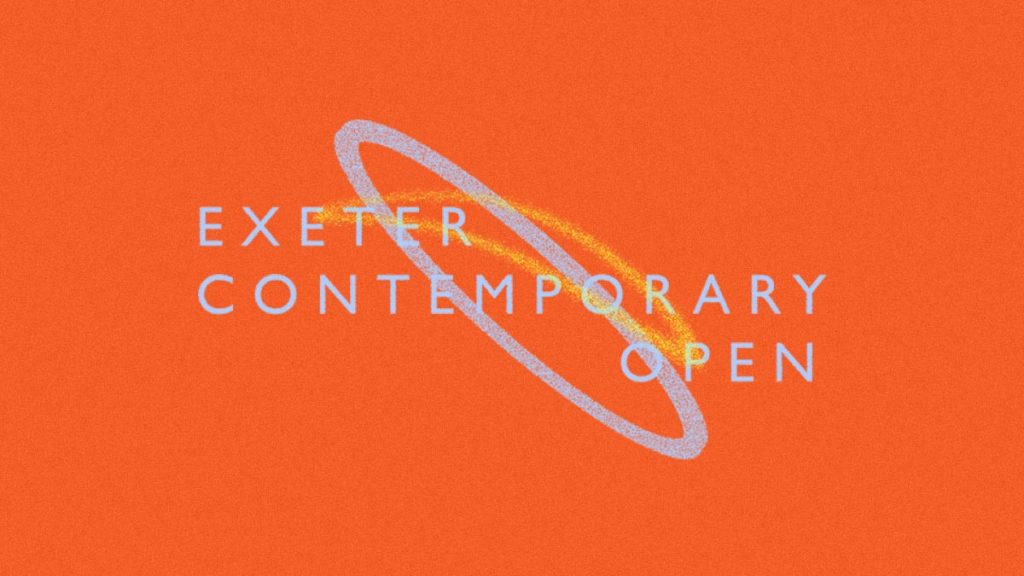
This September, Exeter Contemporary Open returns as we present a significant showcase of emerging and established contemporary visual artists from across the UK. Established in 2006, Exeter Contemporary Open has come to be recognised as one of the UK’s most prominent contemporary arts competitions.
This year’s exhibition includes a shortlist of thirteen artists, selected from hundreds of submissions by a panel of industry specialists – internationally regarded artists Jonathan Baldock and Anne Ryan as well as Exeter Phoenix Gallery Curator, Matt Burrows.
THIS YEARS SELECTED ARTISTS:
Alex Crocker | Ben Sanderson | Georgia Gendall | Jackson Sprague
Lottie Stoddart | Madi Acharya-Baskerville | Melanie Stidolph | Phil Root
Rebecca Jones | Sarah Ryder | Seungjo Jeong | Sherie Sitauze | Will Roberts
Each of the artists selected for the exhibition will be eligible for one of several cash prizes: The £1000 Overall Award, £500 Additional Award and £200 Audience Choice Award – as voted for by visitors over the course of the exhibition.
Keep reading to find out more about each of the selected artists.
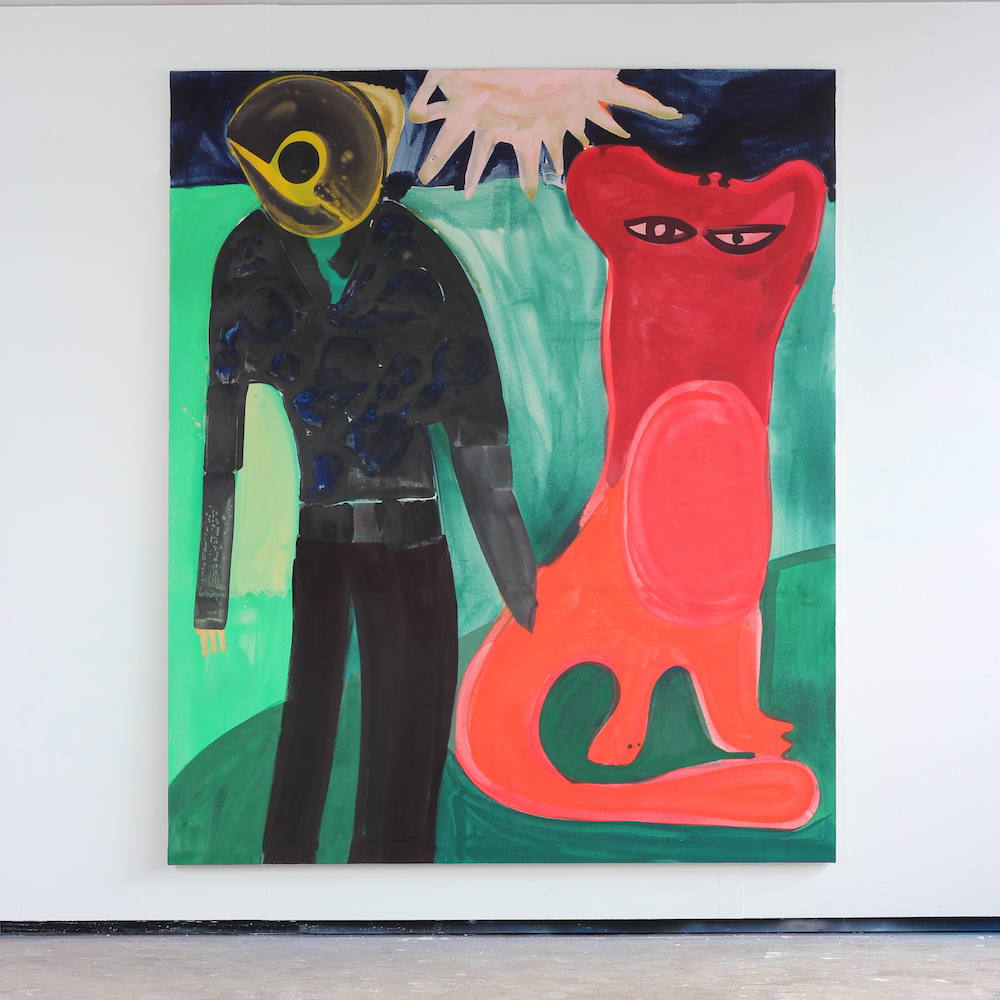
ALEX CROCKER
Alex Crocker’s paintings are drawn from daily walks, domestic routines and family life and are recorded in simple drawn images of birds, bricks, worms, cars, bikes, trees, flowers, cats, people, clouds and windows.
He uses his surroundings to generate imagery that allows him to prod the edges of visual experience and consciousness. This stuff of the world is transcribed into paintings dealing with inner and outer spaces and the feedback loop created when exteriorising a thought into an image.
Interested in the intersections between the graphic and figurative, and the compression of light and composition into surface, he aims to explore the tension that rises between the agency of paint and the making of an image.
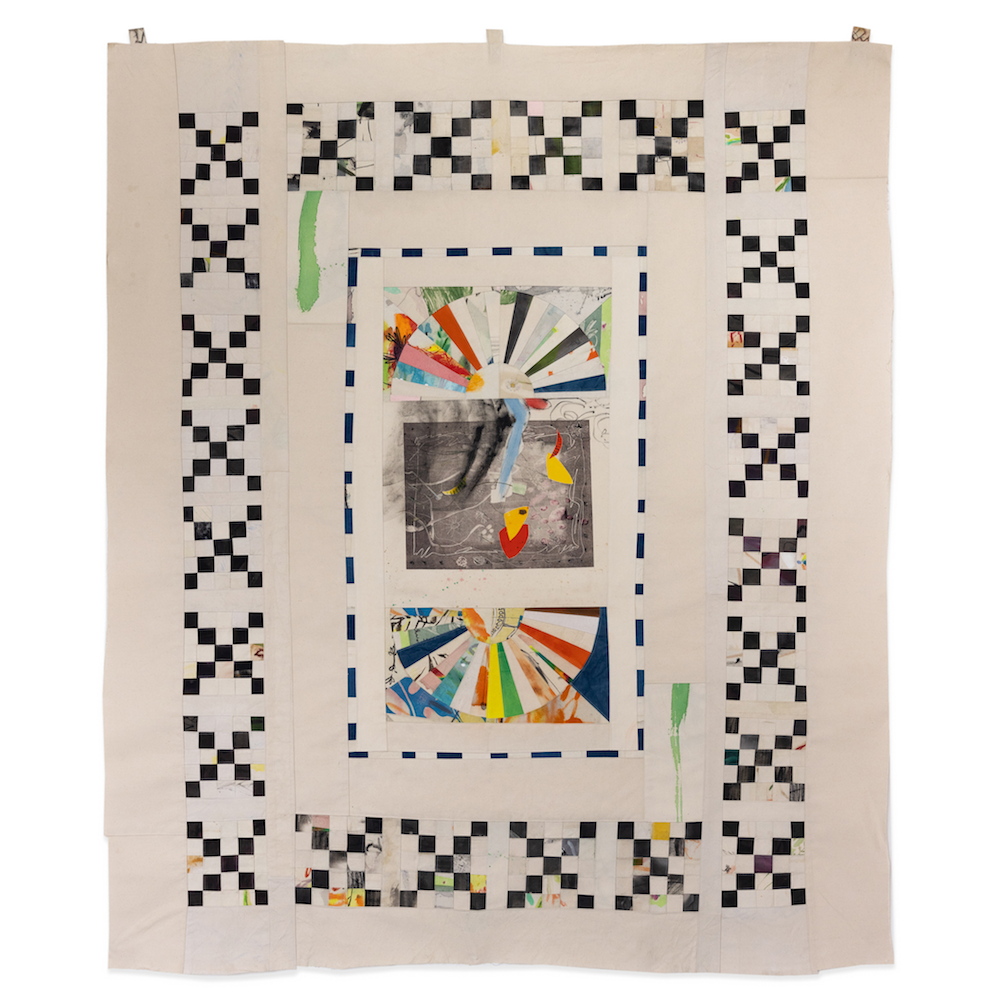
BEN SANDERSON
Ben Sanderson works in painting, drawing and textiles, often returning to his existing pieces and transforming them: monotype prints on paper are developed and echoed in printed elements that appear on canvas, old canvas is sewn and patched back together or mulched to become rag paper, which in turn becomes a ground for new painting.
His works often develop slowly, attuned to the seasons, embracing cyclical processes of growth and decay and Sanderson investigates processes of capturing human and non-human experiences of time, cycles of production and reproduction.
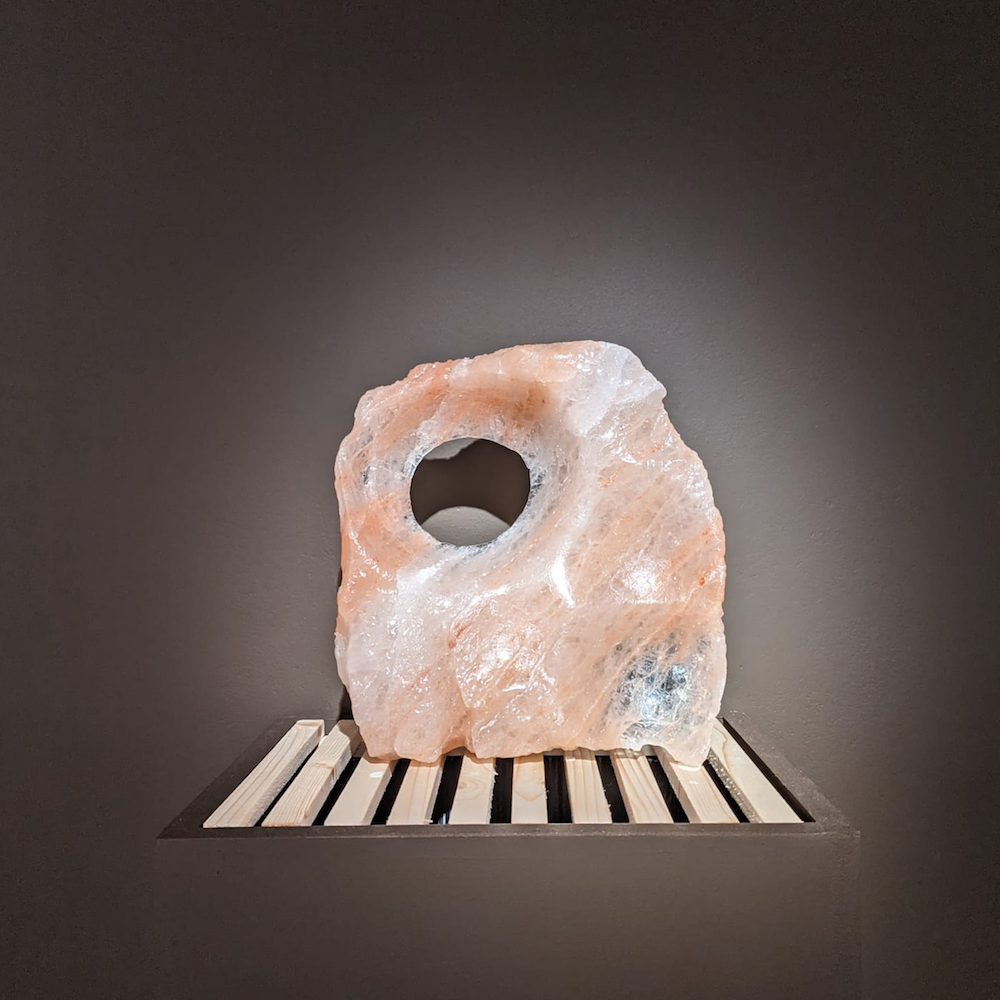
GEORGIA GENDALL
Georgia Gendall is an artist and facilitator living and working in Helston, Cornwall. Her practice takes on many forms; ranging from ludicrously impractical human powered contraptions and snappy ‘epic fail’ videos to curious ceramic sculptures, animal collaborations, cyclical sculptures, enduring sound works and public events.
Her wry eye and attention to life’s smaller details underpins her work and she adapts everyday objects to redirect, interject, mimic and rethink how we interact with familiar places, people and local ecologies.
Georgia’s commitment to consistently undermining purpose attempts to operate as a respite from the highly functional global landscape and celebrates what happens when we inevitably fall short.
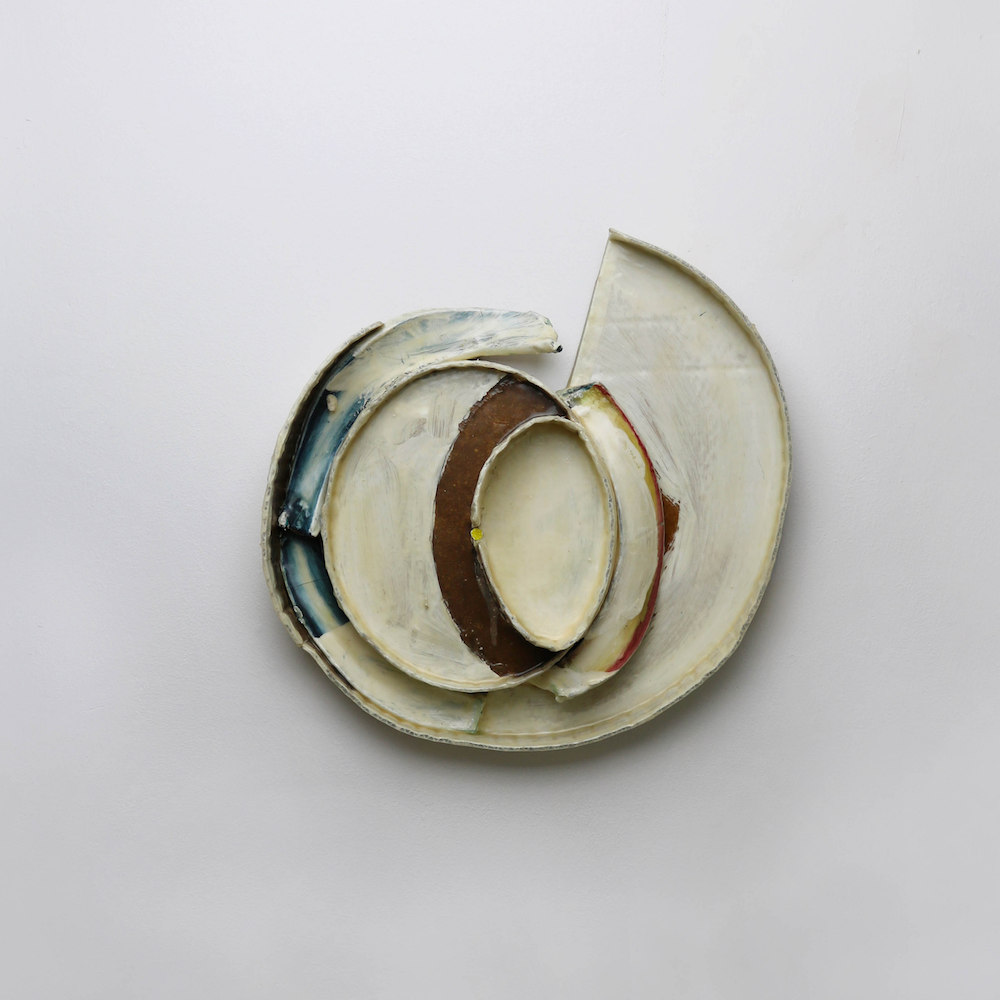
JACKSON SPRAGUE
Plymouth-based Jackson Sprague’s work commonly reflects on the intimate drama of living with objects, demanding the attentions of real or fictitious characters, for example to water and replace flowers in vases.
Works may also pull the viewer into a physical and emotional proximity with the specific use of scale and text, as well as inferred bodily or autobiographical symbolism. Recent works aim to put more pressure on the objects themselves - utilising pointedly seductive colour and formal arrangement to play-up tensions between aesthetic and functional, sculptural and pictorial, lasting and ephemeral.
These ambiguities are characteristic of relationships, physical and psychical, that this work tenderly exposes.
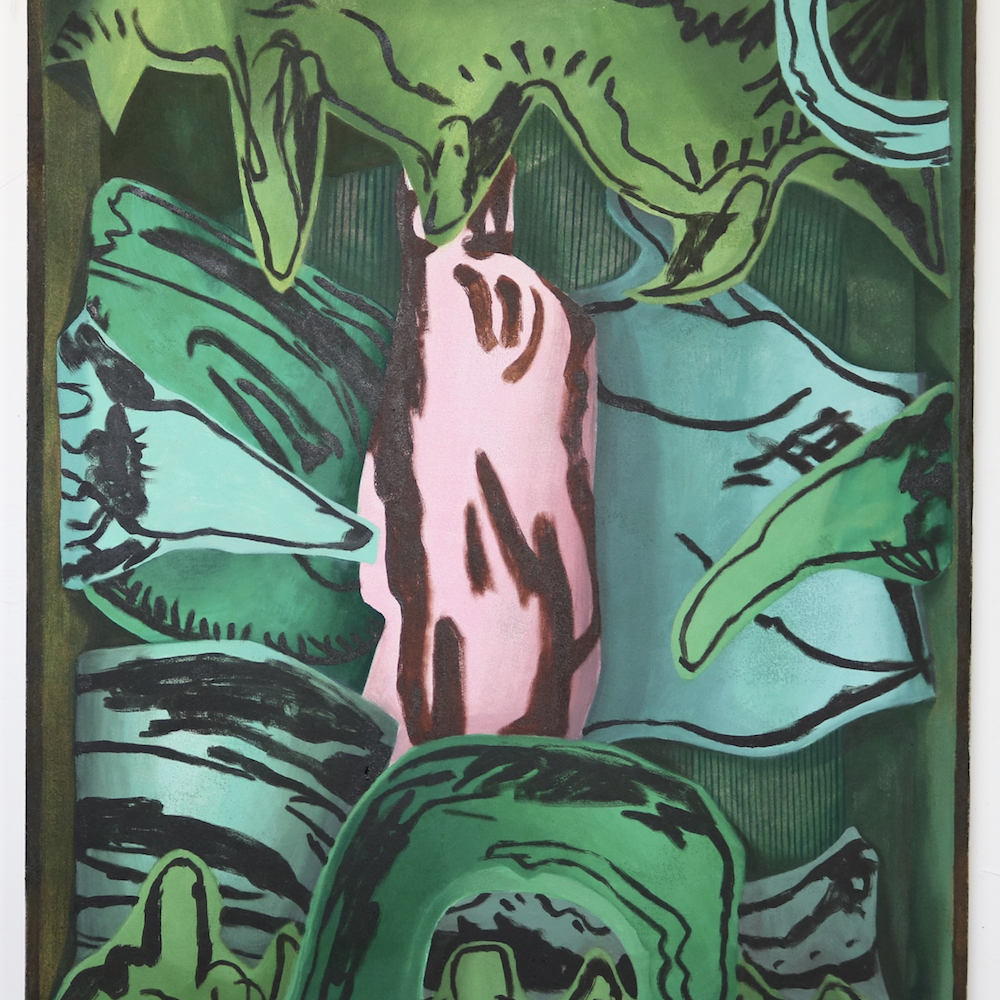
LOTTIE STODDART
Lottie Stoddart’s interdisciplinary practice explores varied forms of enchantment. The works are enclosed realms; illusionistic, contained spaces where a residual story, memory, atmosphere plays out under its own internal laws.
Her use and depiction of humble materials in a reduced economy of form, plays with registers of familiarity and ubiquity. The rendering and use of different materials in their collaged, shallow spaces hints at the unconscious and weird; from monstrous and mutating to celebratory and sensual, in a language that is playfully remembered, imagined, warped, reduced.
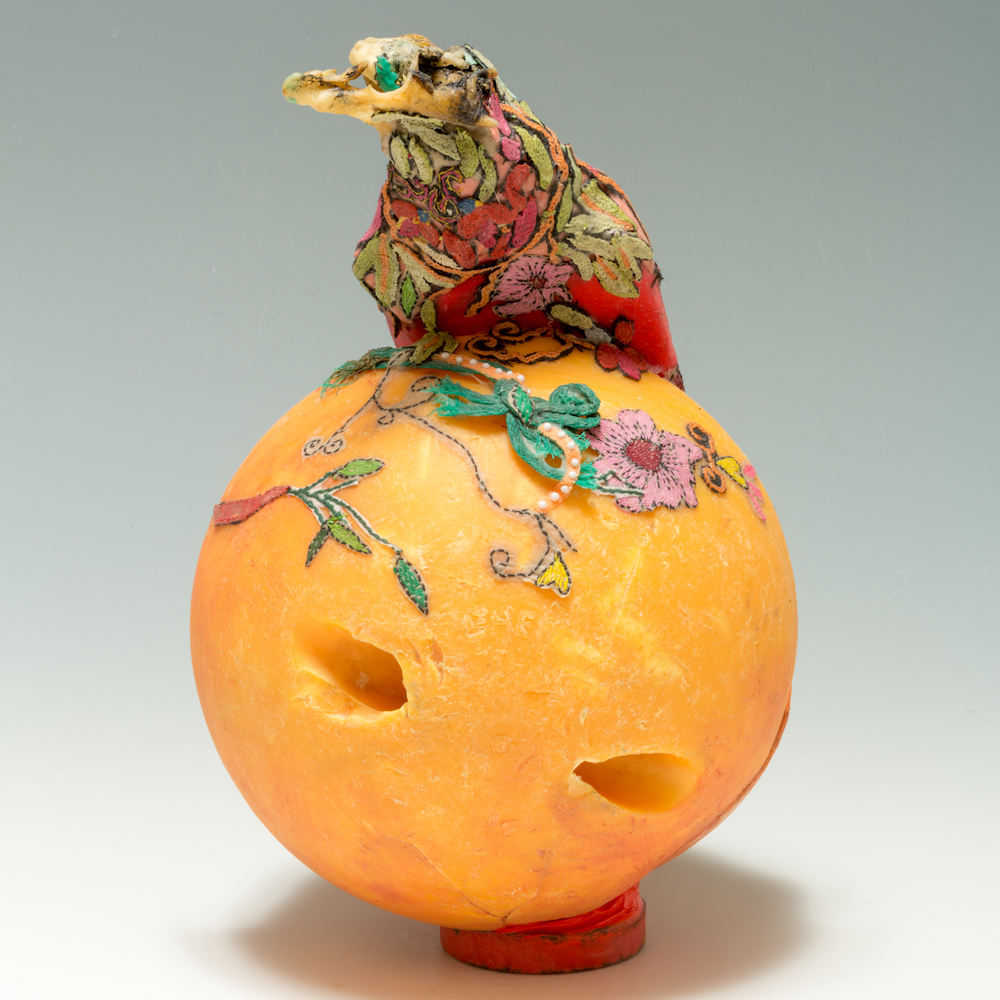
MADI ACHARYA-BASKERVILLE
Madi Acharya-Baskerville is an Asian born diaspora artist, living and working in the UK who is heavily influenced by an early childhood in India. Exploring themes that range from environmental concerns, migration and exile through to gender identity, the core of Madi Acharya-Baskerville's work exists in the found element, matter that already exists around us, an enduring reflection of the human condition.
Her practice involves a variety of processes and techniques including collecting, painting, sewing, beadwork, modelling and casting, bringing together elements that have usually had a past life, collected from locations such as the coastline, woodlands and vintage markets.
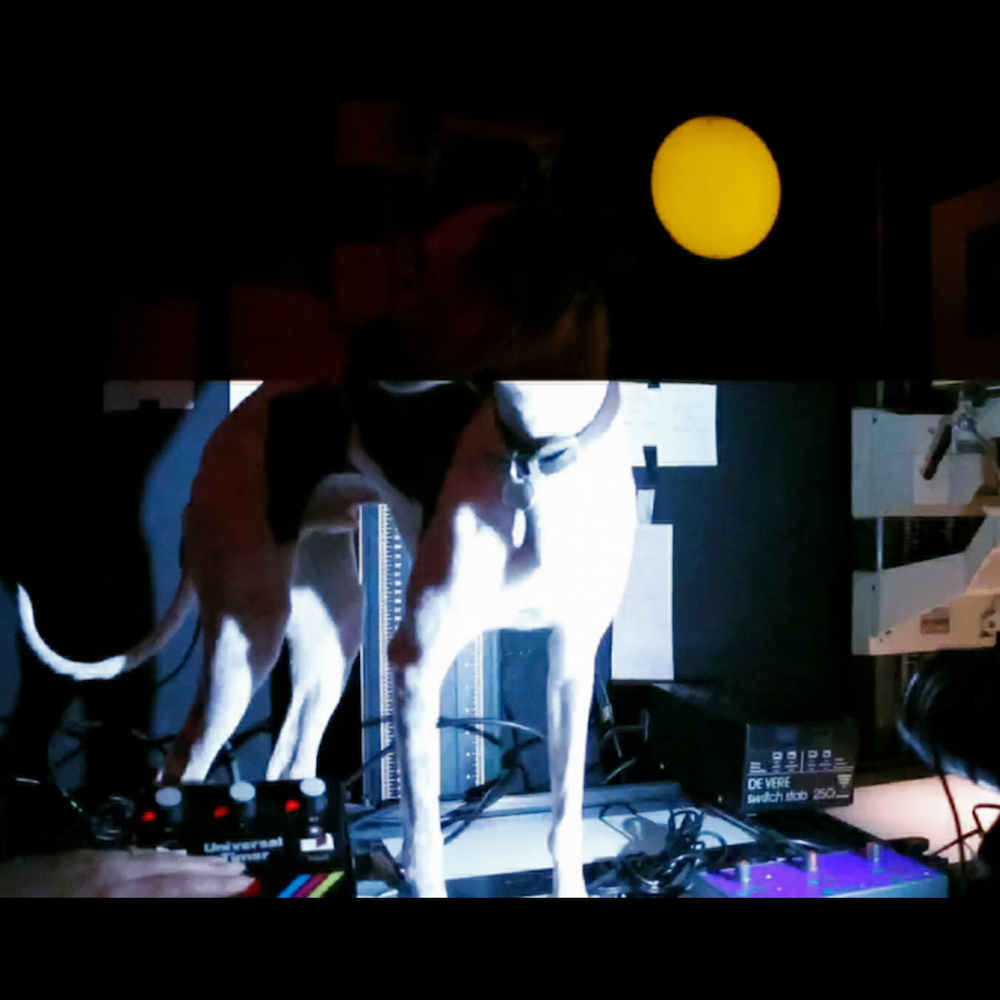
MELANIE STIDOLPH
Melanie Stidolph works with video, film, and photography, and is frequently drawn to rock pools & mis-using photographic equipment. She recently re-appraised a body of images taken over the last 10 years, bringing them together afresh, along with several short essays, into a new artist’s book.
Made during the years she was unsuccessfully trying to get pregnant these images were taken with automatic camera triggers that fire the shutter in response to changes in movement, sound or light; giving control over to the equipment and the subject.
Latterly recognising an unexpected layer of synchronicity between the images she was making and her lived experiences, she has repositioned them to chart a journey in which an optimism in nature gives way to random attempts, fueled by hope and grief.
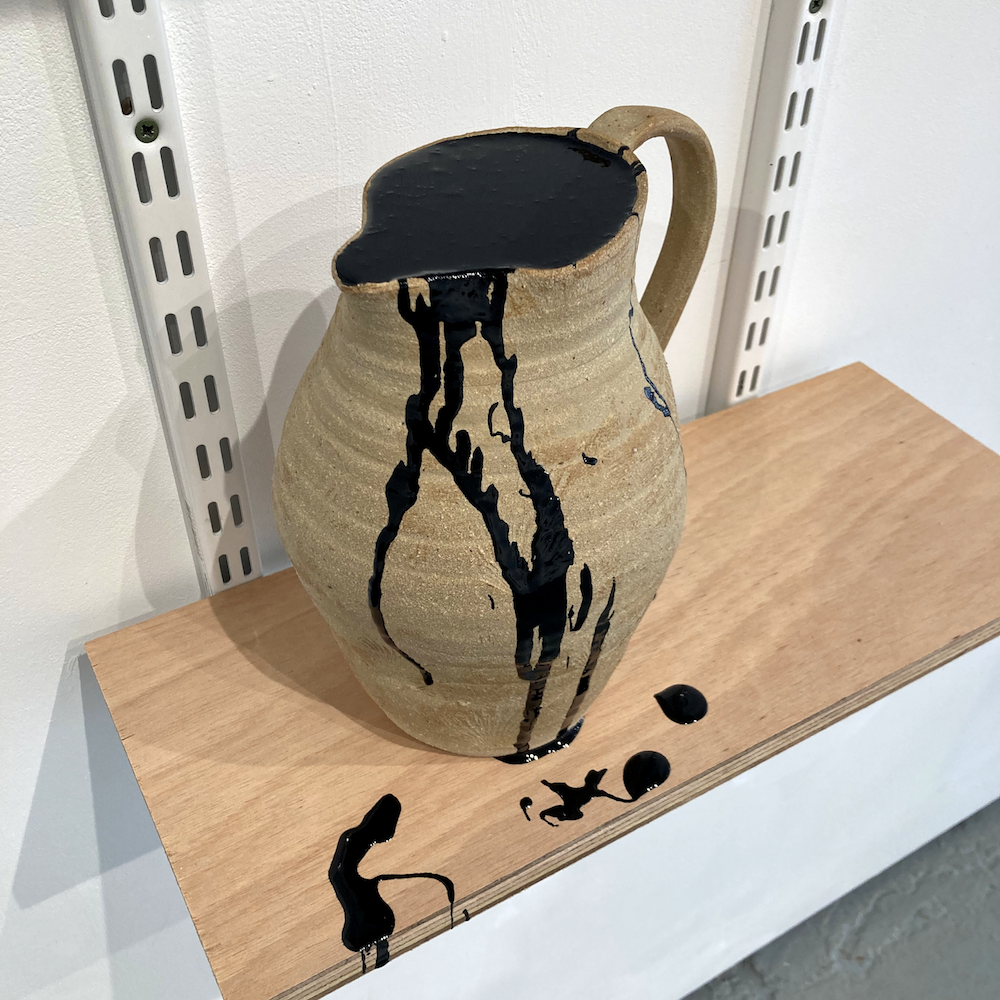
PHIL ROOT
Phil Root is a visual artist based in Bristol working primarily in the medium of ceramics. His work examines how ceramics can act as a tool to tell vital, often overlooked stories of place, to engage audiences with the often- complex history of their surroundings.
Recent sculpture explores modern and traditional relationships to dwelling and our relationship to the earth. By examining the materiality of our cities’ infrastructure, buildings, roads and pavements the work brings into focus the asphalt and brick surfaces that dominate our visual landscape everyday yet due to its ubiquitous nature is mainly ignored or overlooked.

REBECCA JONES
Cardiff-based Rebecca Jones uses ideas around memory as a departure point for researching non-linear narratives, such as leaky dreams, unreliable memories and déjà vu. She addresses the structure of these forms of narrative using repetition, replication and iterations of time, often incorporating traditional sculptural methods such as bronze casting.
She is interested in the in-between spaces, and the expansive possibility that comes with something being unfixed, exploring this tension through shifting aspects of her work between context and container, fiction and reality, print and painting. She aims for her work to be ambiguous, excerpts of a wider story, leaving space that the viewer can use for their own interpretation.
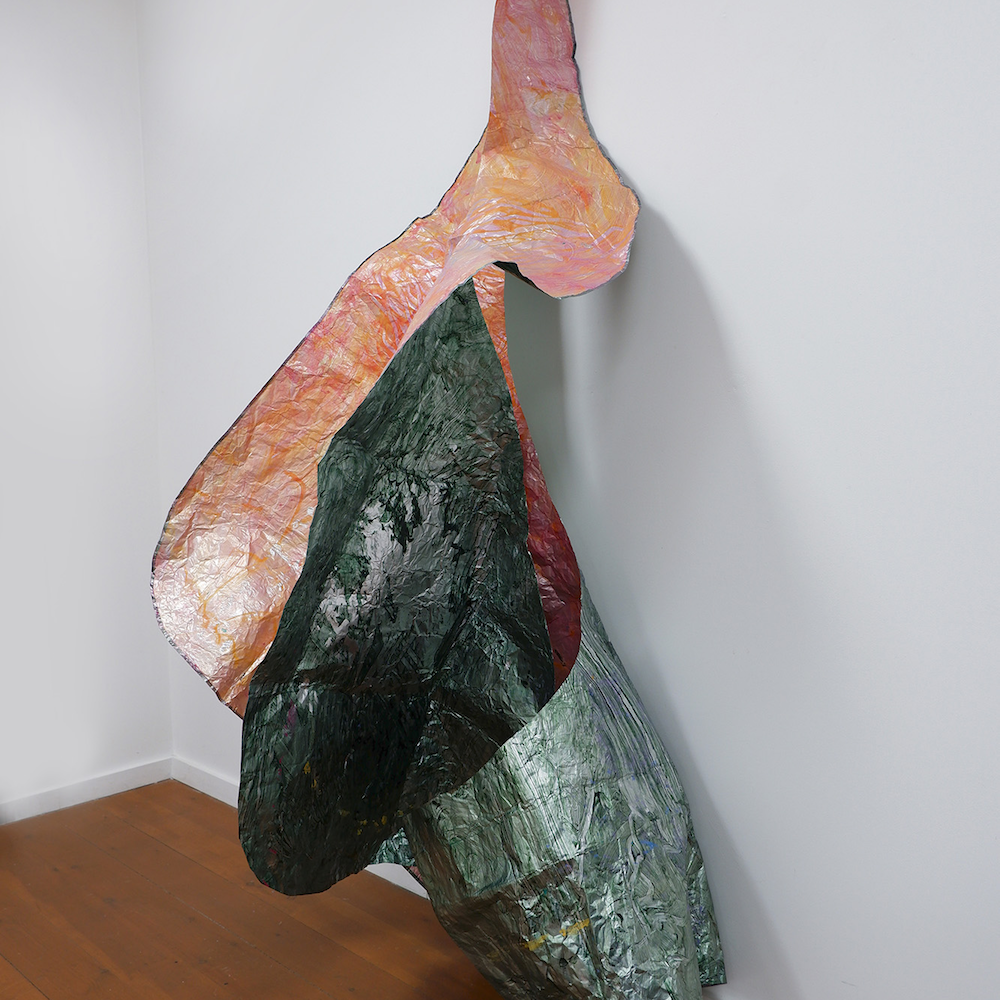
SARAH RYDER
Sarah Ryder’s practice values time for experimentation and freedom to play without knowing the end result. Testing out concepts of expanded painting, often making 2D works that transform into 3D, underpinned by notions of imperfection, temporality, the structure of systems, and the balance of chaos and control.
Often painting on the slippery and malleable surface of industrial foil, she creates works that hover between sculpture and painting, that may gently collapse over time or else resist a consistent, fixed form on each new presentation. Her intention is for the painting to resist a fixed, perfect viewpoint. They may pause briefly for an exhibition but even then, will change as the viewer moves around, their body bringing shadows, reflections, distortions, disruptions.
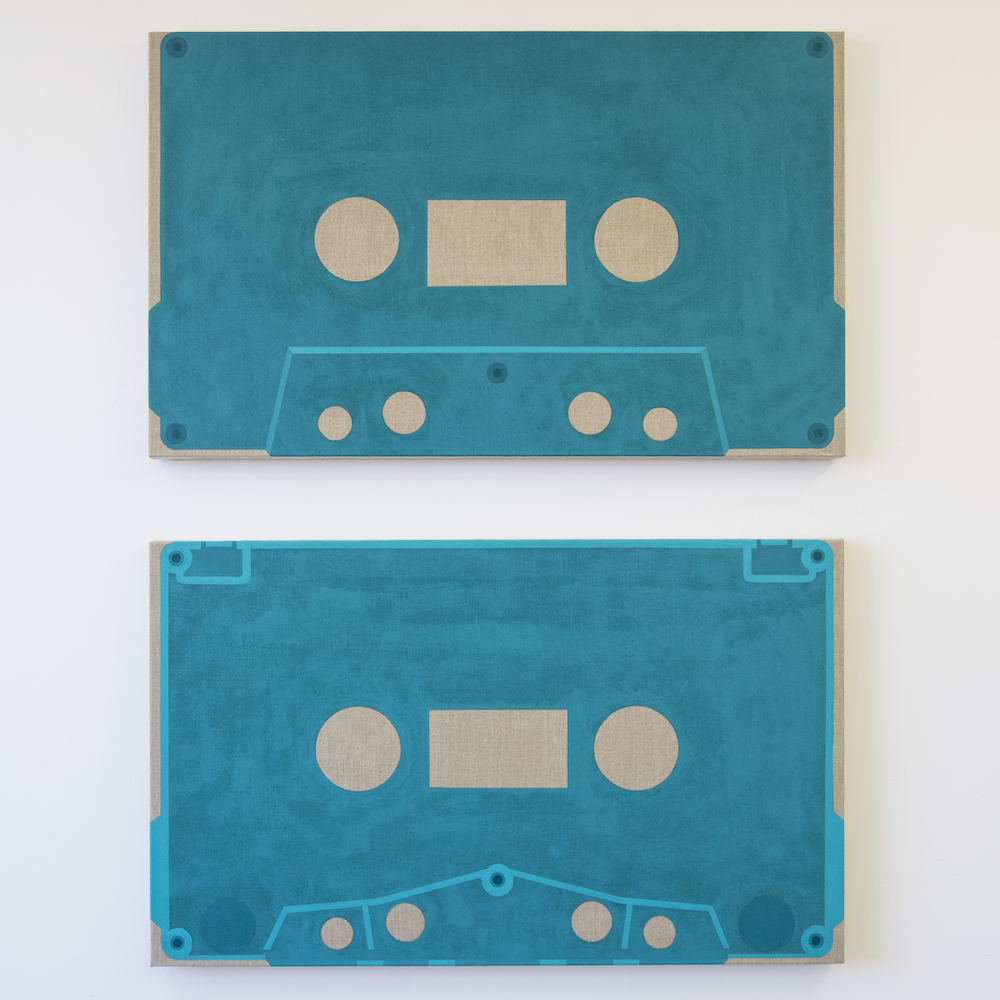
SEUNGJO JEONG
South Korean, London-based artist Seungjo Jeong creates pared back, almost abstract paintings that speak to his background in software engineering. He recreates the mundane objects that we may encounter in every-day life with unique functions that we may fail to see or recognise.
Jeong is interested in the spatial relationship between objects, the components of an object, and an object and its users. He thinks about his paintings as interfaces, ones where both the intuitiveness of graphical user interfaces in computing and the poetry of artwork come together.

SHERIE SITAUZE
Sherie Sitauze’s practice is an ever-evolving exploration of oral storytelling as a vehicle for the cultivation and merging of narratives, as well as the sharing of knowledge, and proposing this in current time. She simultaneously critically considers the metaphysics around past, present, possible futures, particularly in relation to theories of knowledge and narratives of non-western communities.
For me, it begins around 1270AD: the Mapungubwe Kingdom and VhaVenda of southern Africa. I am in a constant cycle of coming to terms with my ancestral past while simultaneously seeking it in order to mobilise it within the present day. All the while being a long-term resident on this very foreign, western, and British soil.
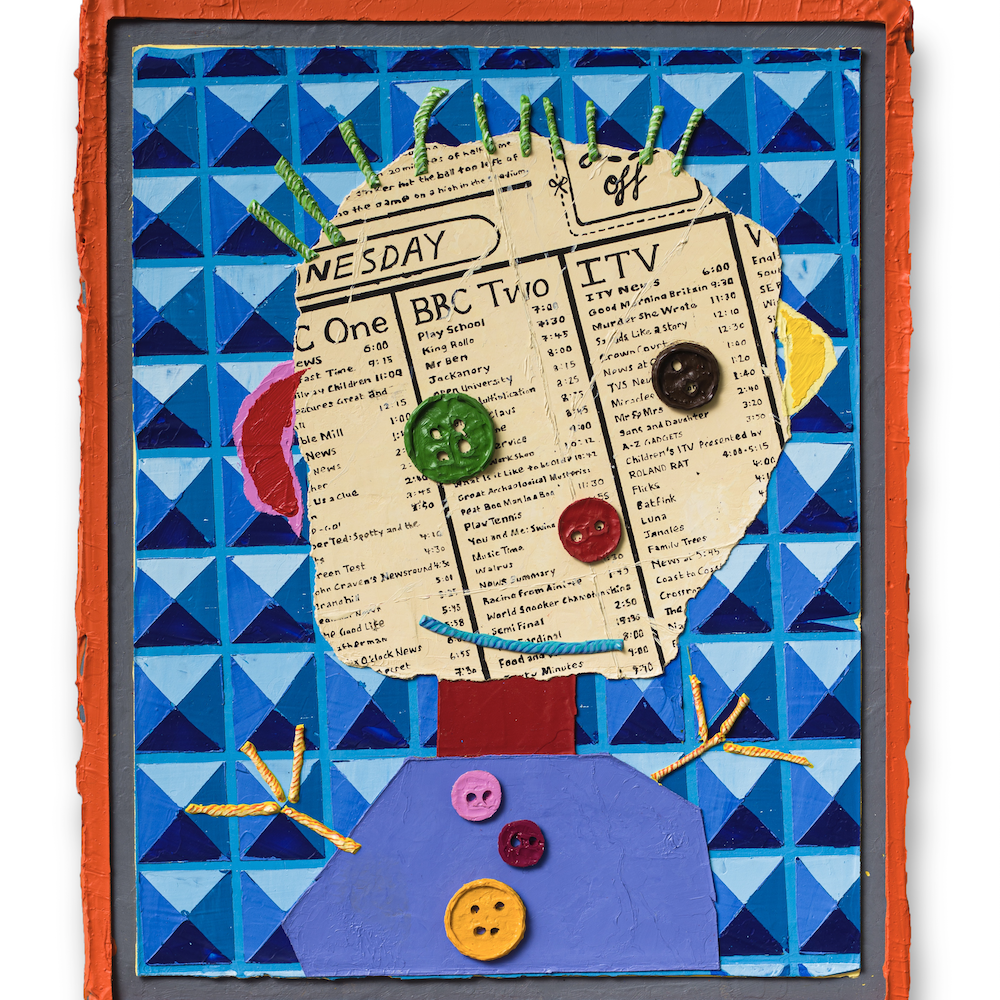
WILL ROBERTS
Will Roberts’ paintings are highly narrative, layering references to historical methods of painting and contemporary culture. Rendering his paintings without using any direct source material, the paintings are not copies. Roberts calls them ‘False Objects’.
They occupy a parallel space, replicas of an original that has never existed. He is interested in craftsmanship, the amateur, memory and the expression of our personalities through the display of domestic art objects that we have in our homes. Making the real artificial and the artificial real, Roberts reimagines these wall-hung treasures as theatre props to objectify and to portray nostalgic value.
Exeter Contemporary Open is kindly sponsored by Haines Watts Chartered Accountants and Hotel Indigo.
The exhibition will run from Fri 16 Sep – Sun 6 Nov.
Entry to Exeter Phoenix’s gallery spaces is free! Find our more about the exhibition by visiting www.exetercontemporaryopen.com.
